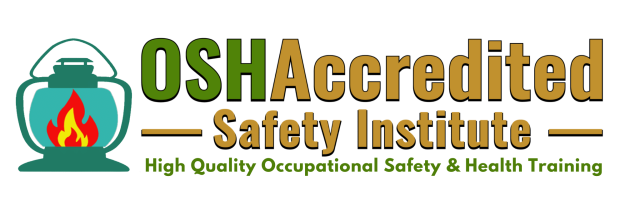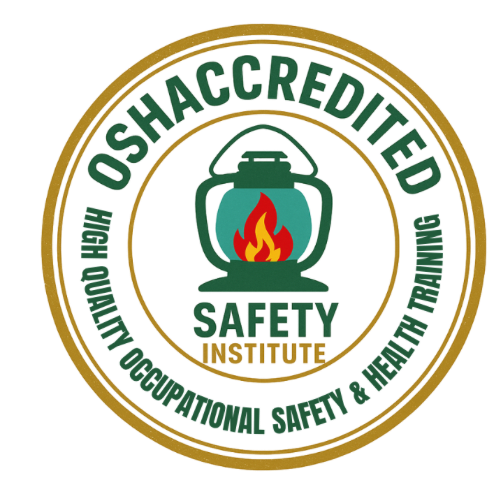Module 1 Objectives
At the end of Module 1, participants should be able to:
- Define defensive driving and its core principles
- Identify key characteristics of a defensive driver
- Understand the legal and ethical responsibilities of being a safe and responsible driver
Module 2 Objectives
At the end of Module 2, participants should be able to:
- Perform basic vehicle maintenance using a checklist
- Understand the importance of seatbelts and child restraint systems
- Properly adjust and use mirrors for maximum visibility
- Effectively check for blind spots before maneuvering
Module 3 Objectives
At the end of Module 3, participants should be able to:
- Recognize various traffic signs and understand their meanings
- Identify and apply safety precautions when navigating roundabouts
- Understand proper lane usage and perform safe lane changes
Module 4 Objectives
At the end of Module 4, participants should be able to:
- Distinguish between visual, cognitive, manual, and auditory distractions
- Understand the risks and consequences of texting while driving
- Identify laws and regulations related to the use of cellphones and other fixed or wireless devices while driving
Module 5 Objectives
At the end of Module 5, participants should be able to:
- Identify potential road hazards and choose appropriate safe responses
- Recognize weather-related driving hazards and apply safe driving practices
- Safely share the road with pedestrians, cyclists, and motorcyclists
Module 6 Objectives
At the end of Module 6, participants should be able to:
- Understand the importance of maintaining a safe following distance
- Apply the three-second rule to ensure safe spacing between vehicles
- Use defensive driving techniques in high-traffic situations
- Recognize and respond appropriately to aggressive or impaired drivers
Module 7 Objectives
At the end of Module 7, participants should be able to:
- Respond effectively to tire blowouts and other mechanical failures
- Apply techniques to avoid collisions in various driving situations
- Recognize and appropriately respond to road rage incidents
Module 8 Objectives
At the end of Module 8, participants should be able to:
- Understand the dangers and consequences of impaired driving
- Recognize how alcohol and drugs affect driving ability
- Apply strategies to prevent impaired driving and promote safe choices
Module 9 Objectives
At the end of Module 9, participants should be able to:
- Recognize the warning signs of driver fatigue
- Apply strategies to stay alert during long drives
- Understand the importance of proper rest, sleep, nutrition, and exercise for safe driving
Module 10 Objectives
At the end of Module 10, participants should be able to:
- Follow the appropriate steps to take immediately after a collision
- Navigate interactions with insurance companies and file claims effectively
- Understand the legal and financial consequences of being involved in a collision
Module 11 Objectives
At the end of Module 11, participants should be able to:
- Understand braking distances at different speeds
- Recognize situations where passing a stopped school bus is prohibited and unsafe
- Explain the key provisions of the Cameron Mayhew Act
- Comply with the Florida Move Over Law
- Recognize and respond appropriately to pedestrians crossing the road
Module 12 Objectives
At the end of Module 12, participants should be able to:
- Identify and describe the ten most dangerous driving behaviors that contribute to traffic crashes, injuries, and fatalities.
- Explain the potential risks and consequences associated with each of these high-risk driving behaviors.
- Demonstrate an understanding of traffic laws relevant to preventing these dangerous behaviors.
- Apply defensive driving techniques to reduce the likelihood of engaging in or being affected by these risky driving practices.





